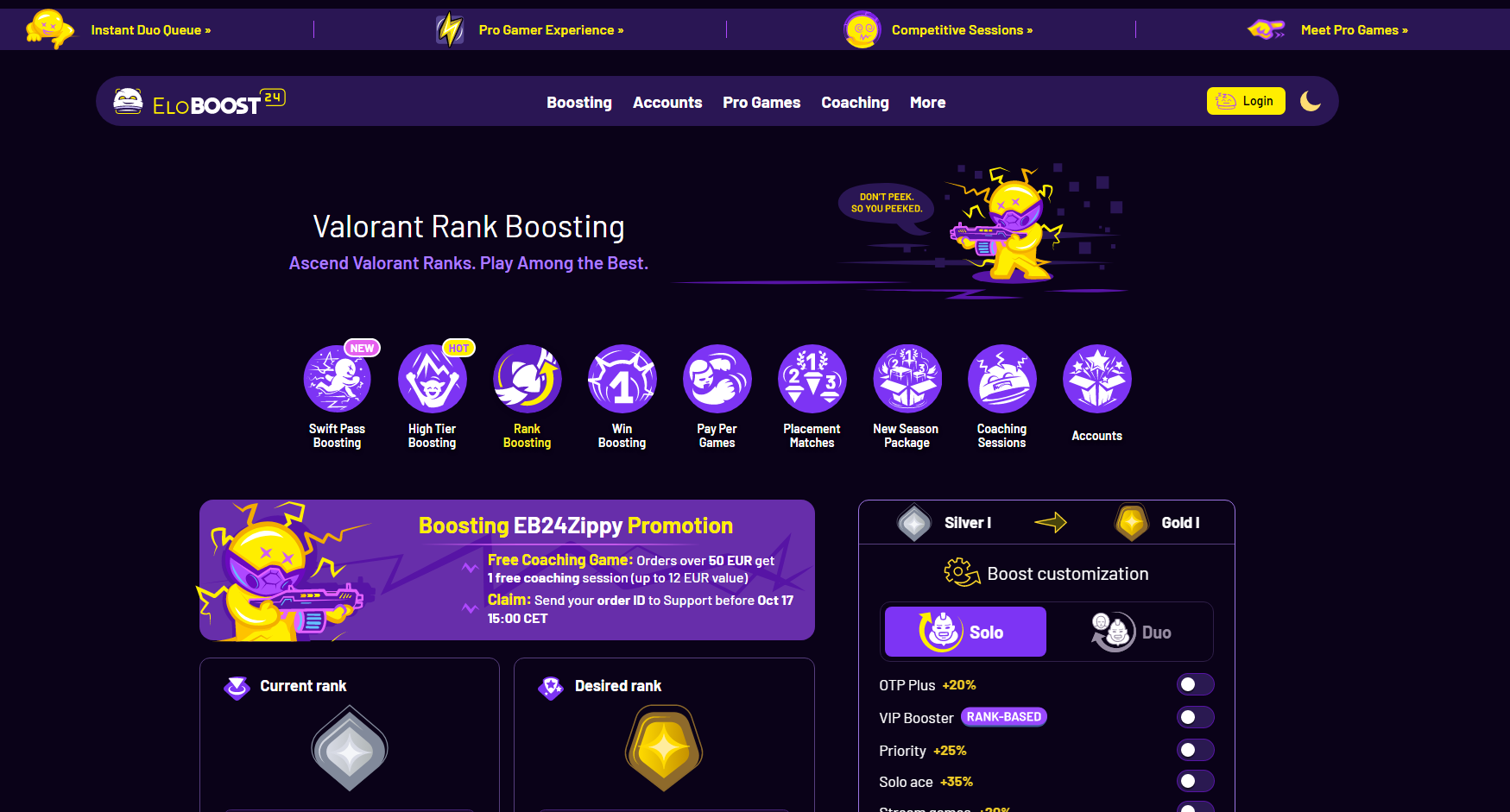Topper Universe
Celebrating the golden era of British children's comics - from The Topper, Buzz, and Cracker to the unforgettable characters that shaped generations of readers.
Welcome to The Topper Universe
Step into a world where childhood memories come alive through the pages of Britain's most beloved comic publications. The Topper Universe is dedicated to preserving and celebrating the rich heritage of The Topper comic, alongside its companion publications Buzz and Cracker. These weren't just comics - they were weekly adventures that captured the imagination of countless young readers across the United Kingdom. Each issue brought laughter, excitement, and unforgettable characters into homes, creating bonds between families and sparking creativity in young minds. From the mischievous antics of Mickey the Monkey to the thrilling escapades that graced every page, these publications represented a golden age of children's entertainment. Our mission goes beyond simple nostalgia - we aim to document, preserve, and share the incredible legacy of these publications with both longtime fans and new generations discovering them for the first time. The stories within these pages weren't merely entertainment - they were cultural touchstones that reflected British humour, values, and storytelling at its finest. Whether you remember rushing to the newsagent every week to grab the latest issue or you're discovering these treasures through collectors' editions, The Topper Universe welcomes you to explore, reminisce, and celebrate.
Discover the History
The Topper was more than just a comic - it was a weekly tradition that brought joy to millions of British children from 1953 to 1990, creating memories that last a lifetime.

The Magic of British Comic Heritage
Every collector knows that special feeling when discovering a pristine issue from decades past. The pages might be yellowed, the corners slightly worn, but the magic remains untouched. British comics like The Topper weren't created in isolation - they were part of a vibrant publishing ecosystem that understood what made children laugh, gasp, and eagerly await the next instalment. These weren't imported American superhero tales - they were distinctly British, filled with characters who spoke like real kids, got into believable mischief, and reflected the everyday experiences of young readers across the nation. The artwork was distinctive, the humour was sharp yet innocent, and the stories somehow managed to be both timeless and perfectly of their era. Publishers like D.C. Thomson understood their audience intimately, crafting content that parents trusted and children adored. Today, these comics serve as fascinating historical documents, offering glimpses into British childhood, social attitudes, and popular culture across several decades. They remind us of simpler times when entertainment wasn't digital, when anticipation built throughout the week, and when sharing a comic with friends was a social currency all its own.
Meet the CharactersExploring The Topper's Rich Publishing History
When The Topper first appeared on newsstands in February 1953, nobody could have predicted it would become one of Britain's longest-running children's comics. Published by D.C. Thomson & Co. in Dundee, Scotland, The Topper was designed to complement their existing success with The Beano and The Dandy. What set The Topper apart was its unique blend of humour strips and adventure stories, all wrapped in vibrant covers that practically leaped off the newsstand. The comic featured a rotating cast of beloved characters, each with their own distinct personality and appeal. Mickey the Monkey became the unofficial mascot, his cheeky grin greeting readers week after week. But The Topper was more than just one character - it was an entire universe of storytelling. Strips like Beryl the Peril brought strong female characters to the forefront long before such representation became fashionable. Danny's Tranny featured a transistor radio that could transport its owner through time, blending science fiction with everyday adventure in ways that captured young imaginations. The Topper wasn't afraid to experiment with different art styles, storylines, and formats, keeping content fresh across its remarkable 37-year run.
The publishing landscape of British children's comics during The Topper's heyday was incredibly competitive. Newsagents' shelves groaned under the weight of weekly publications, each vying for children's pocket money. The Topper held its own by consistently delivering quality entertainment that respected its young audience. The writers and artists weren't just creating throwaway content - they were crafting stories with genuine heart, humour, and creativity. Even when storylines dealt with fantastical elements like talking animals or time travel, they remained grounded in relatable emotions and experiences. Children saw themselves in these characters, whether it was Beryl's mischievous spirit, Danny's curiosity, or Mickey's endless optimism. The comic's creators understood that young readers could appreciate sophisticated storytelling when presented accessibly. They didn't talk down to their audience, instead trusting children to follow complex plots, appreciate clever wordplay, and engage with stories that sometimes carried subtle moral lessons without being preachy.
As decades passed, The Topper adapted to changing tastes while maintaining its core identity. The 1960s brought psychedelic influences to cover designs, the 1970s saw bolder storylines, and the 1980s introduced characters that reflected contemporary culture. Yet throughout all these changes, The Topper remained fundamentally true to its mission - providing wholesome, engaging entertainment that parents could trust and children would love. When The Topper finally ceased publication in 1990, merging with The Beezer, it marked the end of an era. However, its influence continues resonating through British popular culture. Many adults today credit The Topper with fostering their love of reading, inspiring their own creative pursuits, or simply providing cherished childhood memories. These comics weren't just disposable entertainment - they were formative experiences that shaped how an entire generation viewed storytelling, humour, and the pure joy of a good yarn well told.
Collecting Guideeloboost24.eu

https://eloboost24.eu/valorant/rank
Valorant Rank Boosting
Rank boosting in Valorant refers to the practice of improving a player’s competitive standing with the help of a higher-ranked player. Some users hope to achieve faster progression, reduce frustration in matchmaking, or gain insight into advanced gameplay. Despite these motivations, boosting is controversial and can lead to account restrictions or unfair competitive imbalance. Players should carefully evaluate the ethical and practical implications before engaging in any form of boosting activity.


The Early Years
(1953-1969)
- Original launch editions
- Mickey the Monkey debuts
- Classic humour strips
- Distinctive art styles
- Adventure serials
- Highly collectible issues
The Golden Era
(1970-1990)
- Peak circulation years
- Beryl the Peril popularity
- Danny's Tranny adventures
- Special holiday editions
- Free gifts and promotions
- Final commemorative issues
Join The Topper Universe Community
Copyright © 2025 Topper Universe | Celebrating British Comic Heritage